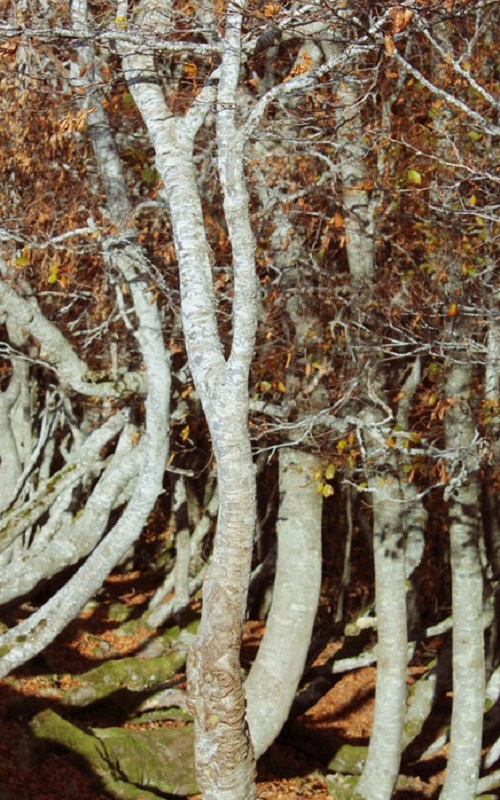
The plants that are probably most familiar to us are multicellular terrestrial plants, called embryophytes. Embryophytes include plants, such as ferns, conifers, and flowering plants. They also include bryophytes, of which moss and liverworts are the most common.
All of these plants have eukaryotic cells with cell walls composed of cellulose, and most get energy from photosynthesis, using light, water, and carbon dioxide to produce food. About 300 plant species are not photosynthesizing, but parasitic species in other photochemical species. Embryos separated by green algae, which represent a photosynthesize mode of life similar to Race from which modern plants are considered to have evolved, have special reproductive organs protected from tissue that does not reproduce.
Vascular plants first appeared during the silver age, and most of the Devonian has diversified and spread to a variety of different soil environments. They developed a series of adaptations that allowed them to disperse to increasingly aromatic sites, specifically the vascular tissue xylem and phloem, which transport water and food throughout the body. Radical systems capable of obtaining groundwater and nutrients also evolved during the Devonian. In modern blood vessels, sporophytes are usually large, branched, nutritiously independent and long-lived, but there is increasing evidence that Paleozoic gametophytes are just as complex as sporophytes. Gametophytes from all vascular groups have evolved to be smaller in size and prominent in the life cycle.
In seedlings, microgametophyte is reduced from offspring to free-living organisms for cells that are different from fertile and miniature microgametophyte preferably in megasporangium, attached to and dependent on mother plants. Megasporangium trapped in a protective layer called the cortex is known as ovulation. After fertilizing with sperm produced by pollen grains, sporophytes embryos develop in the egg. Helium becomes a seed and eggs develop into a seed. Plant seeds can survive and reproduce in very dry conditions because they do not depend on free water for sperm motions or the development of live unscrewed gametophytes.
The first seed of the plant, pteridosperms (Ferns seeds), is now extinct, appearing in Devonian and diversifying through Carboniferous. They are the ancestors of modern gymnosperms, including four surviving groups that breed today, especially Congo, which is the dominant tree in several biographers. The name Gymnost comes from the Greek compound, as an ovipositor, and the next seed is not trapped in a protective structure (carpel or fruit) but is bare, usually on a cone scale.
Forests are large areas characterized by trees. Hundreds of more detailed definitions of forests are used throughout the world, combining various factors such as tree density, tree height, land use, delays, and ecological activities. According to the widely used definition of food and agriculture organizations, forests covered 4,000,000,000 hectares (9.9 x 109 hectares) (15,000,000 square kilometers) or around 30 percent of the world territory in 2006.
Forests are the dominant terrestrial ecosystem and are spread throughout the world. Forests account for 75% of the earth's gross annual production of biodiversity and contain 80% of the mass of the plant. Primary net production is expected to be 21.9 Gigatons from Caroni per year for tropical forests, 8.1 for temperate forests and 2.6 for Boreal forests.
Forests at different heights clearly form different ecoregions: Boreal forests around the poles, tropical forests around the equator, and temperate forests. Upland areas tend to favor similar forests with higher elevations, and the amount of waste is also influenced by forest composition.
Human society and forests influence each other positively and negatively. The Shoers offer Eco-efficient services for men and function as tourist attractions. Forests can also affect people's health. Human activities, including harvest forests, can have a negative impact on forest ecosystems.
No comments:
Post a Comment